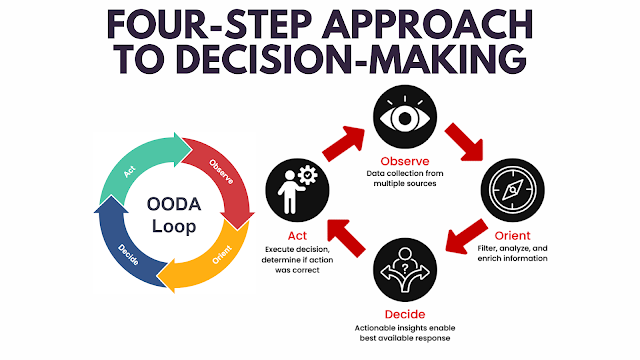Introduction When the World Hurt is not a book you read—it’s a space you enter. Liz Moyer Benferhat has crafted something far more intimate than a typical self-help guide. This is a workshop disguised as a manuscript, a shared emotional container between the author, the reader, and the collective human experience. Written between 2018 and 2025—and shaped intensely by the tumultuous years of 2023 to 2025—the book feels like a mirror held up to a world in pain, yet also to a humanity waking up. At its core, this is a book for the people who care deeply, feel intensely, and are tired of oscillating between hope and heartbreak. For those who scroll the news with a knot in the stomach, who lie awake at 3 a.m. wondering what the future holds, and who are torn between staying informed and staying sane—this book is your companion. A Workshop for the Soul Benferhat opens the book with an unusual but compelling framing: this is not a “read and close” experience—it is a workshop. A shared space. ...
Introduction
Making quick and effective decisions is critical for success in today's fast-paced world. Having a solid decision-making framework is crucial whether you're in the military, business, or emergency response. One such framework is the OODA loop, which stands for Observe, Orient, Decide, and Act. The OODA loop, developed by USAF Colonel John Boyd, is a four-step decision-making process widely used in various fields.Different steps of The OODA Loop
Step 1: The very first step in the OODA loop is "Observe." This step involves gathering information about the situation at hand. This can include both internal and external factors that may impact your decision. For example, suppose you're in a business meeting and deciding whether to invest in a new product. In that case, you may observe the current market trends, your company's financial situation, and customer feedback.Step 2: The second step in the OODA loop is "Orient." In this step, you analyze and interpret the information you gathered during the observation phase. This includes considering your goals, values, and priorities about the situation.
Step 3: The third step in the OODA loop is "Decide." In this step, you choose a course of action based on your analysis and interpretation during the orientation phase. It's important to make a decision aligned with your goals and values and the information you gathered during the observation phase.
Step 4: The fourth and final step in the OODA loop is "Act." In this step, you implement the decision you made in the previous phase. It's important to act quickly and decisively to achieve your goals. However, remaining flexible and adaptable is also important, as the situation may change and require adjustments.
How Fighter Pilots Make Quick and Correct Decisions
Fighter pilots are highly skilled professionals trained to make fast, accurate decisions in high-pressure situations. They use various techniques and tools to help them make the best decisions. Here are some ways that fighter pilots make fast and accurate decisions:1. The OODA Loop: The OODA (Observe, Orient, Decide, Act) loop is a decision-making process that fighter pilots use to make quick and effective decisions. They observe, orient themselves to the situation, decide on a course of action, and act on that decision. They then repeat the process as necessary to ensure they always make the best decisions possible.
2. Situational Awareness: Situational awareness is understanding the current situation and how it may change. Fighter pilots use their training and experience to maintain situational awareness. They constantly scan the environment for potential threats and opportunities, using this information to make quick decisions.
3. Checklists: Fighter pilots use checklists to ensure they take all important steps and procedures. Checklists help them stay organized and ensure they are always following the correct procedures. This helps them make fast and accurate decisions without missing any important details.
4. Teamwork: Fighter pilots work closely with their wingmen and other team members to make decisions quickly and effectively. They communicate with each other to share information and coordinate their actions. This helps them make better decisions and respond more quickly to changing situations.
3. Checklists: Fighter pilots use checklists to ensure they take all important steps and procedures. Checklists help them stay organized and ensure they are always following the correct procedures. This helps them make fast and accurate decisions without missing any important details.
4. Teamwork: Fighter pilots work closely with their wingmen and other team members to make decisions quickly and effectively. They communicate with each other to share information and coordinate their actions. This helps them make better decisions and respond more quickly to changing situations.


Comments
Post a Comment
Please do not add any spam link in the comment box